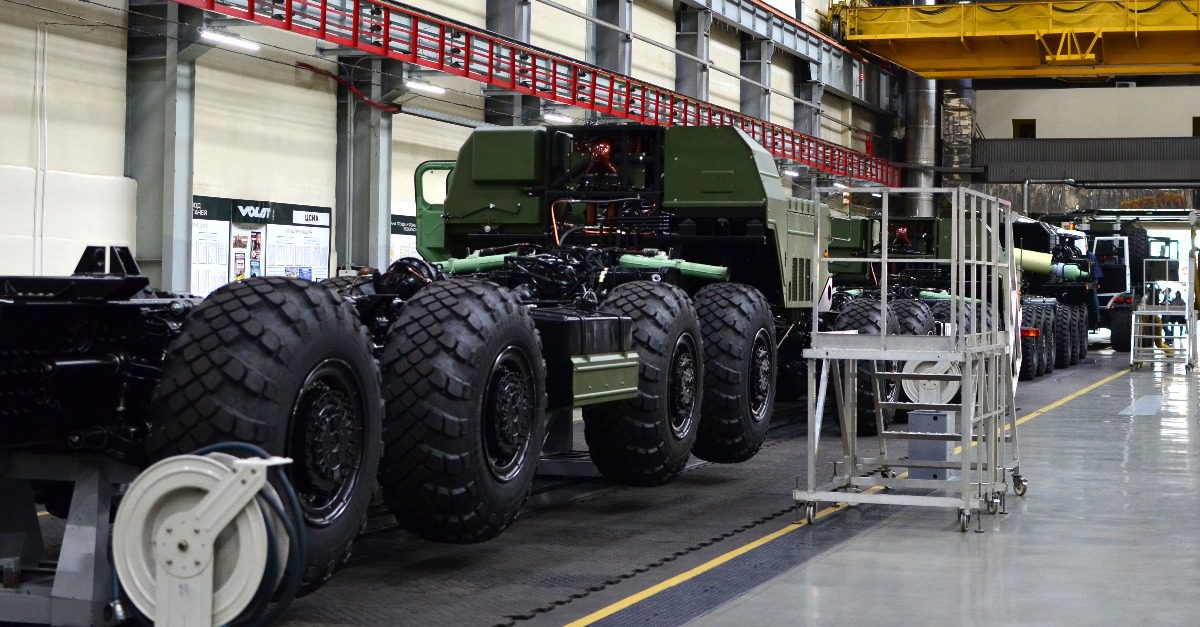Is The Sum of the “Parts” Greater than the Whole? Responsibility in Manufacturing.

R. Scott King, BSME, CFEI, Principal Mechanical / Automotive Engineer
Many vocational trucks distributed throughout North America are not manufactured, start to finish, on a single assembly line. Rather, many small, medium, and even some large trucks are manufactured in stages by two or more corporate entities. Although such trucks may indeed originate on, for example, a General Motors, Ford, Isuzu, or other so-called “Original Equipment Manufacture” (OEM) assembly line, the vocational demands within the work truck segment are far too diverse for any OEM to meet profitably. As a result, most work trucks leave the OEM assembly line missing the equipment unique to their intended vocation. Instead, they are sent to a final-stage manufacturer (aka, “upfitter”) specializing in the design and/or installation of that equipment. However, whether a vehicle is manufactured in multiple stages or just one, they are all subject to the compulsory safety requirements as mandated by the Federal Motor Vehicle Safety Standards, as well as those non-compulsory requirements that make a vehicle safe and fit for its intended use. In the case of a single-stage manufacturer, the responsibility for such compliance begins and ends there. Where multiple manufacturers are involved, the lines of responsibility are often blurred. Such became manifest in a recent case wherein a motorcycle rider sustained significant injuries when the cement mixing truck she was following suddenly discharged cement from its mixing drum onto the roadway behind it.
Like most large mixing drums, the mixing drum on the subject truck had an internal “cork-screw” configuration that held the cement within the drum while the drum rotated in one direction and ejected the cement when rotated in the opposite direction. Electronically controlled hydraulic valves provided three operational states of the mixing drum: “Charge, Discharge, and Neutral”. A forensic engineering investigation revealed that the cement ejected from the mixing drum because of an electrical short-circuit that caused the control valves to switch from the “Charge” state – which is the state normally required during concrete transport – to the “Discharge” state. This resulted in a sudden reversal of drum rotation and thus, cement ejection.
Because the system did not fail safely, a significant portion of the forensic engineering evaluation focused on the system design. Doing so revealed two relevant facts. First, the chassis OEM provided a computerized vehicle network from which upfitters could access a variety of real-time operational signals, including vehicle speed. Second, the upfitters utilized a computerized system to control drum rotation capable of monitoring the OEM speed output and using that output for logic control decisions. A study of the vocational requirements for this cement truck revealed that it would never be required to discharge cement at any vehicle speed above a few miles per hour. Thus, a fail-safe solution to prevent the subject incident existed in the truck as provided by the OEM if the upfitters included control logic to prevent any change in drum mixing state while the truck was traveling at a preset threshold speed. However, because the cement truck was manufactured in stages by multiple entities, and because each of those entities had different design responsibilities relating to the mixing system, the evaluation necessarily required an analysis of system integration. This engineering analysis revealed gaps in communication between the relevant entities, resulting in each believing the other would ensure a fully integrated, fail-safe system, thus increasing the risk of what occurred in this case.
Categories: Automotive Engineer | R. Scott King | Trucking


